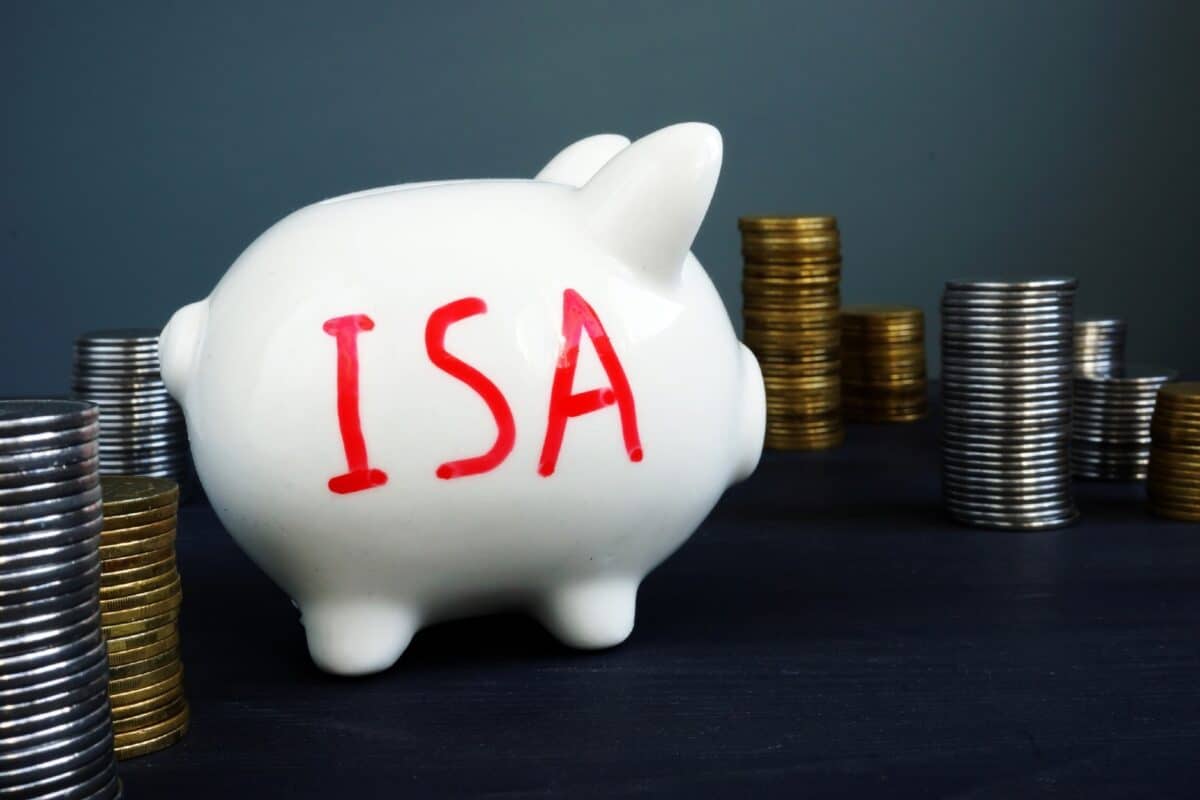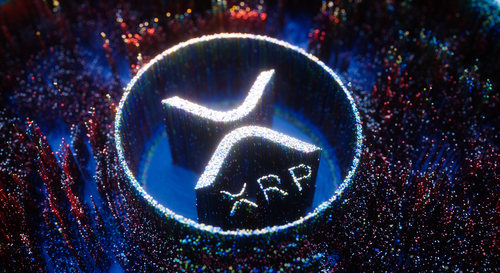Image source: Getty Images
I’m always on the hunt for bargain basement stocks to add to my portfolio. When I saw the low price-to-earnings (P/E) ratio of Capita (LSE:CPI), I raised my eyebrows. With the Capita share price down 31% over the past year, can I look past the red flags and see high potential future profits?
Dealing with the red flags
Capita operate a fairly unique business model. It’s classified as a business process outsourcing and professional services company. In practice, it offers a wide range of services to a vast array of clients from healthcare to accounting.
It has contracts with both central and local government, as well as catering to the private sector. Revenue is about half from each sector.
Part of the share price decline over the past five years has come from being too big and too inefficient as an organisation. This is being addressed, with the firm announcing back in November that it would be cutting 900 jobs in order to boost profitability.
Another scare came last March with a large scale data breach. This become very public and damaged the reputation of Capita, with hundreds of thousands of people impacted.
These are just some of the red flags that have caused some investors to sell their holdings in the firm over the past year.
What the metrics say
Despite the share price tumble, the company is still profitable. Not only this, but it provided an up-beat assessment of finances in the latest trading update.
Given the last full-year profit, I can assess the relative value by looking at the price-to-earnings ratio. This compares the current share price to the earnings per share. A benchmark figure of 10 is what I use to say that a stock is fairly valued.
At the moment, the P/E ratio is 3.12. This is exceptionally low. There are two angles to look at this. On the one hand, this low figure could suggest that the share price is cheap and I should buy the stock. On the other hand, it could suggest that investors are so pessimistic about the company that they don’t want to invest at all.
What I’m doing
If I assume that the earnings per share figure for the full-year stays the same, then the share price would need to triple in value to have a P/E ratio of 10. This is the best case scenario I can see for the stock over the next couple of years.
The worst case is continued headaches, inefficiencies, and data problems. This could lead to the stock falling even further.
I’m not convinced that Capita is fundamentally in a great position right now, but I do find it hard to ignore the undervalued nature of the stock. That’s why I think I’m going to start pound-cost-averaging. This would involve purchasing a small number of shares each month for a long period, to build up to a larger holding over time.
Credit: Source link














